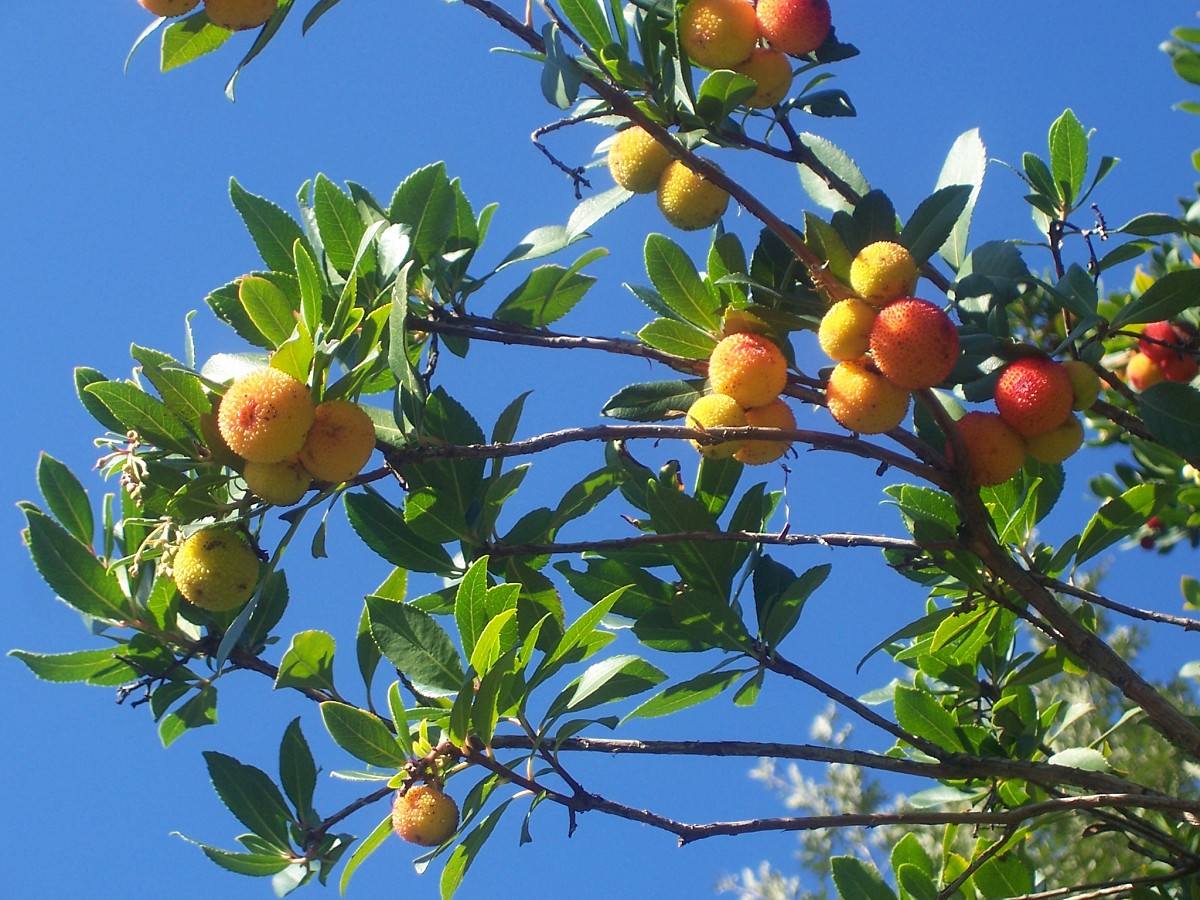Landscaping: Native Plants vs. Non-Native Plants
 The appeal of native plants has grown in recent years as increasing numbers of people have discovered their advantages as ornamentals. This interest was boosted by rebates from various forward-thinking municipalities like the East Bay Municipal Utility District in northern California, which offers up to $2,000 to homeowners for replacing water-guzzling grass with native species. If you've been thinking about going native, it's worth finding out whether there are any rebates in your area.
The appeal of native plants has grown in recent years as increasing numbers of people have discovered their advantages as ornamentals. This interest was boosted by rebates from various forward-thinking municipalities like the East Bay Municipal Utility District in northern California, which offers up to $2,000 to homeowners for replacing water-guzzling grass with native species. If you've been thinking about going native, it's worth finding out whether there are any rebates in your area.
What is a Native Plant?
A native plant is one adapted to local climate, geographical, and hydrological conditions. For instance, the brightly colored and delicate-looking California poppy, native to the western United States, is drought-tolerant and grows best in full sun and poor soil, which makes it ideal for its semi-arid native region. Despite that fact, you don't see many California poppies in Southern California yards.
What you do commonly see are pansies or other foreign imports. Pansies, native to Europe, are known for their cold tolerance and need to be regularly watered. In the pansy's moist, cool native lands, it makes sense to grow such a flower, but it is impractical in a place like Southern California. You can see this type of paradoxical pairing of plants and climates in suburban neighborhoods all around the country.
The Benefits of Natives
Often, people dream of hassle-free residential landscapes, and in many ways native plants are the realization of that dream. Since they are adapted to local conditions, native plants require little to no maintenance. For instance, the West Coast native Pacific madrone (Arbutus menziesii), pictured above, needs no fertilizer or water if planted in its native region since it is adapted to soil and water conditions there. And believe me, despite the fact that there are no gardeners adding fertilizer out in nature, the trees grow just fine.
Natives are usually more resistant to disease and pests, minimizing the need for insecticides. They also provide shelter and food for native wildlife, like bees. For these reasons, they are often easier to maintain and they can provide a very attractive natural look to any yard. However, there is also such a thing as naturalized non-natives, plants from a sufficiently similar climate but different geographical location that have been imported and integrated into the new region. These may become invasive, in which case they are actually damaging to the native flora, but they can also be benign and as beneficial as native species. In the case of benign non-natives, there is no reason to be a purist.
Why Native Plants Are New on the Market
Three reason why non-natives are so ubiquitous:
- they are largely what is available at garden centers
- they are reasonably priced
- they look very attractive.
There is an assumption that watering, fertilizing, and replacing short-lived non-natives is the only possibility if you want your yard to look nice. However, natives often provide just as much texture, color, and variety of shapes as non-natives along with all their additional benefits. It is just a matter of designing your yard for them and locating your desired plants.
Get Started: Native Plant Resources
To find out about planting a native garden in your region, contact your local garden center, nursery, or cooperative extension service. Depending on where you live, there may be helpful books about regional native plants, like Plants and Landscapes for Summer-Dry Climates of the San Francisco Bay Region for those who live in the Bay Area. Because of the rise in interest in native plants, they are becoming more available at garden centers as well.
Jordan Laio writes for Networx.com.
Updated June 13, 2018.
Looking for a Pro? Call us (866) 441-6648

Landscaping Average Costs
Landscapers Experiences

Careful, Professional Tree Service Removes A Huge Norway Maple

Friendly And Professional Lawn Service Earns My Loyalty



